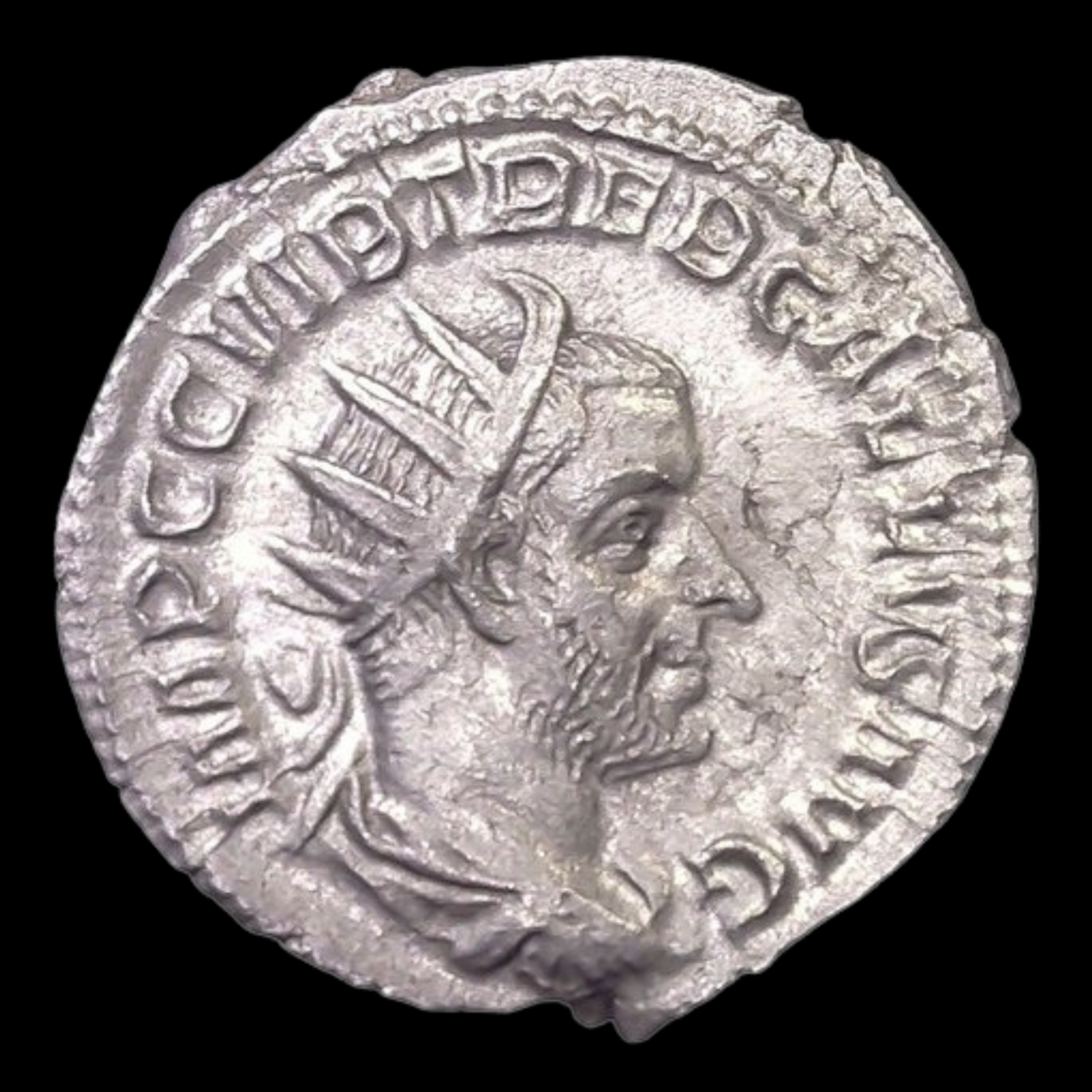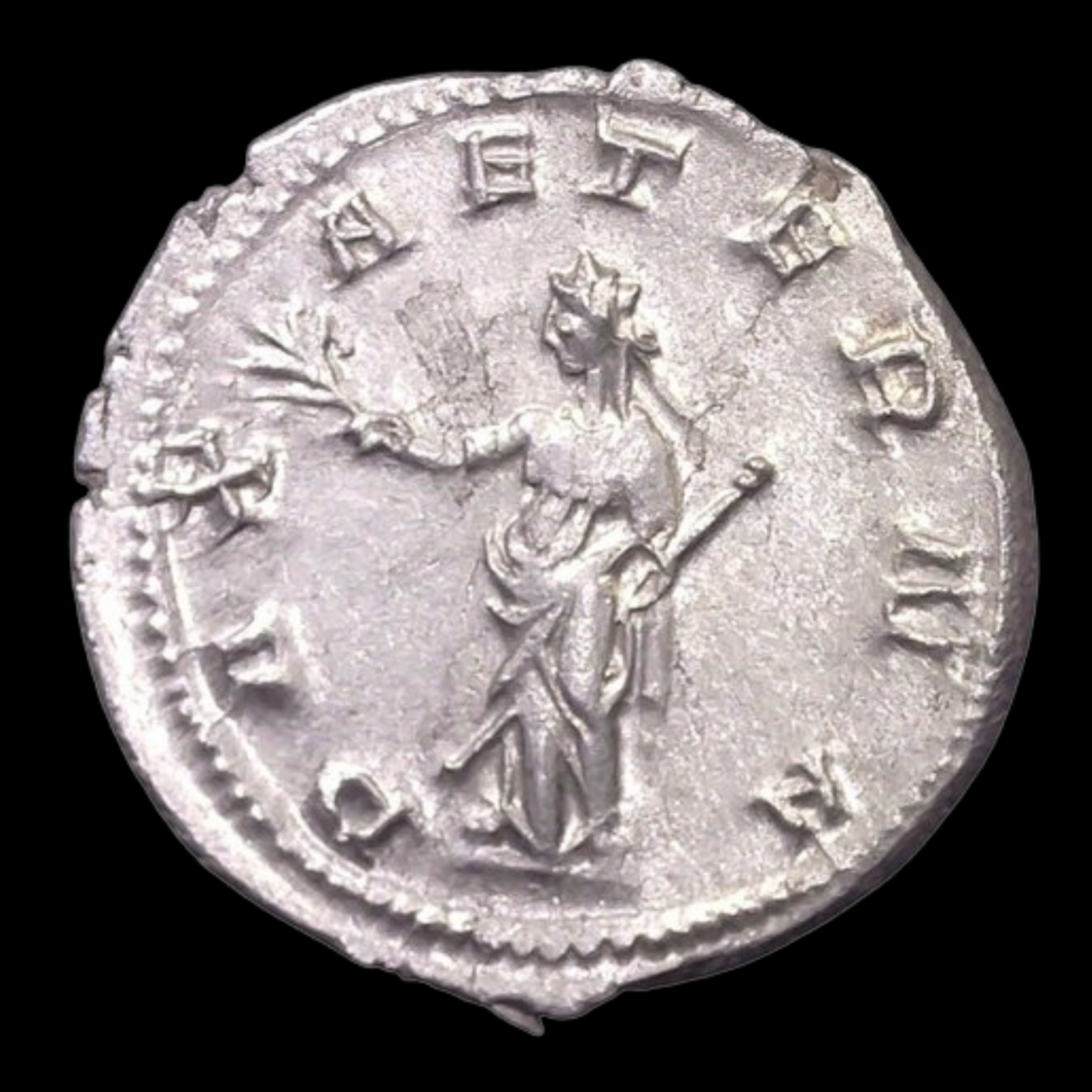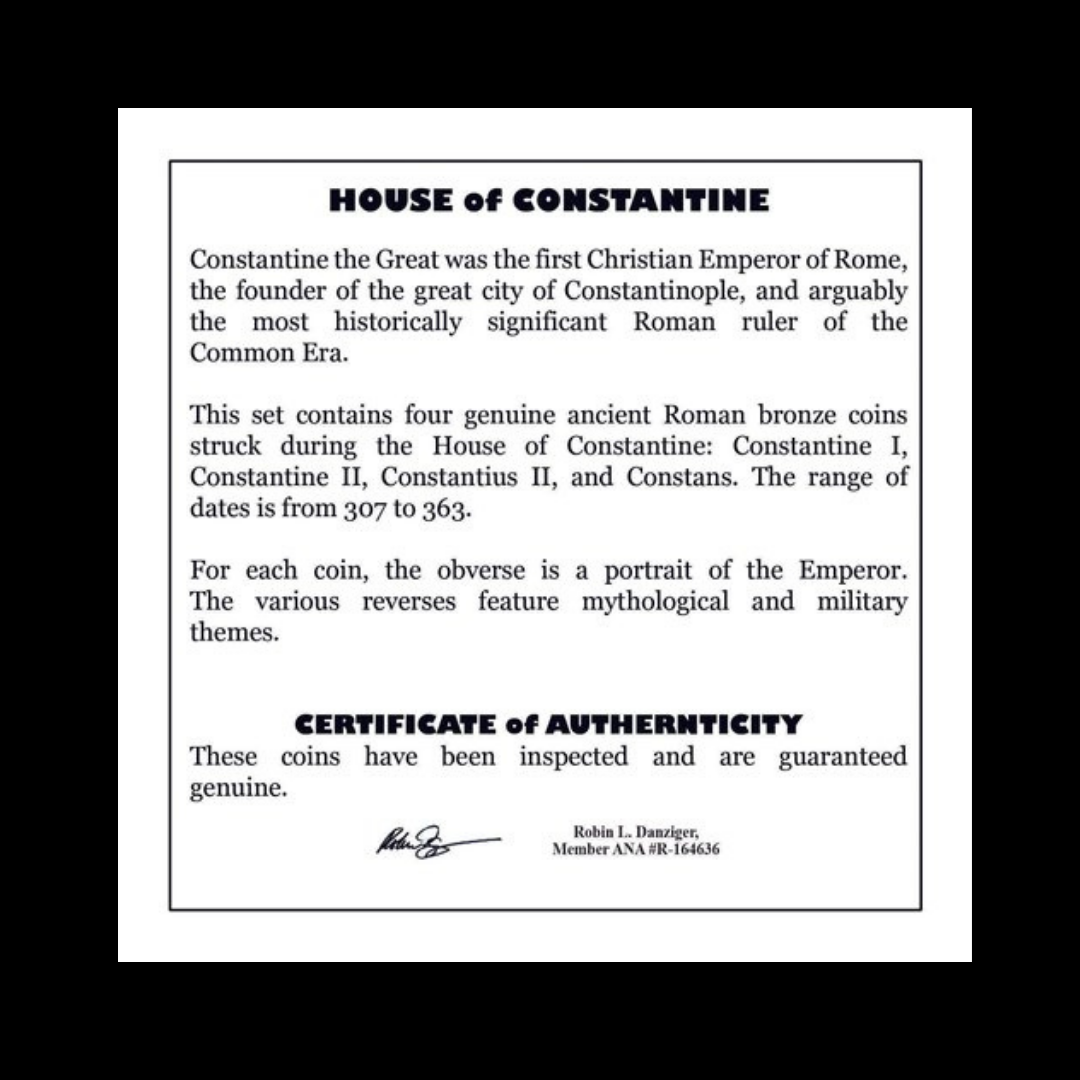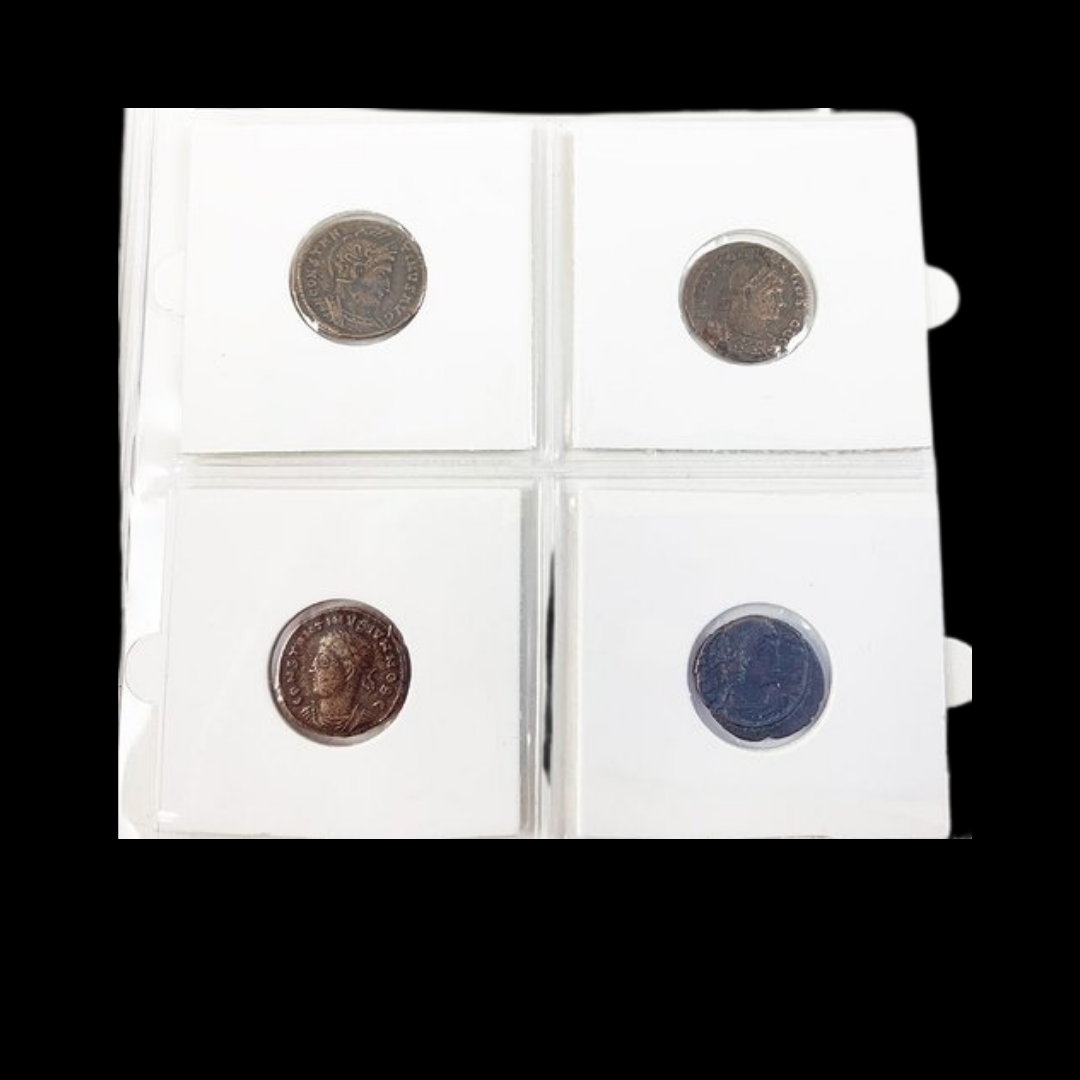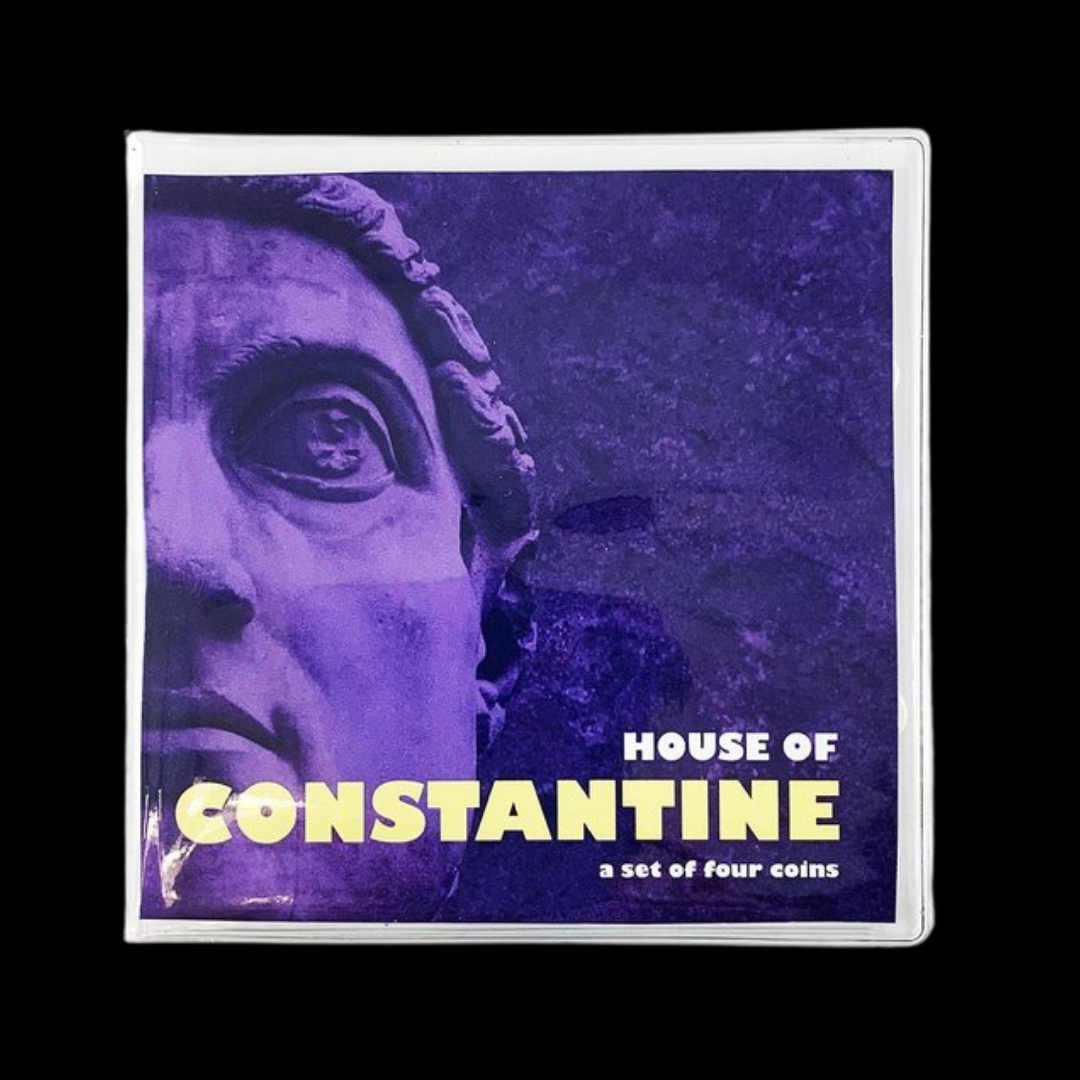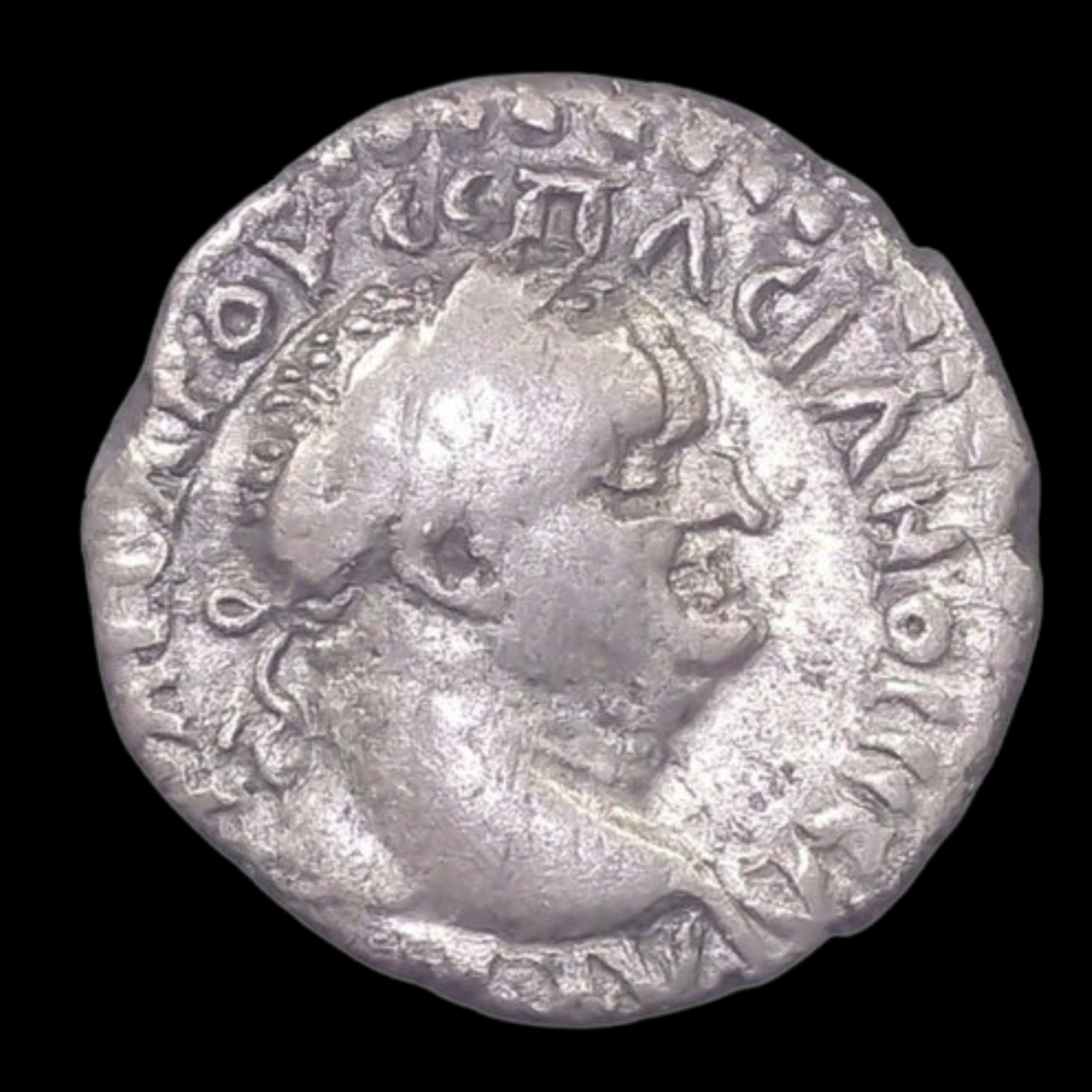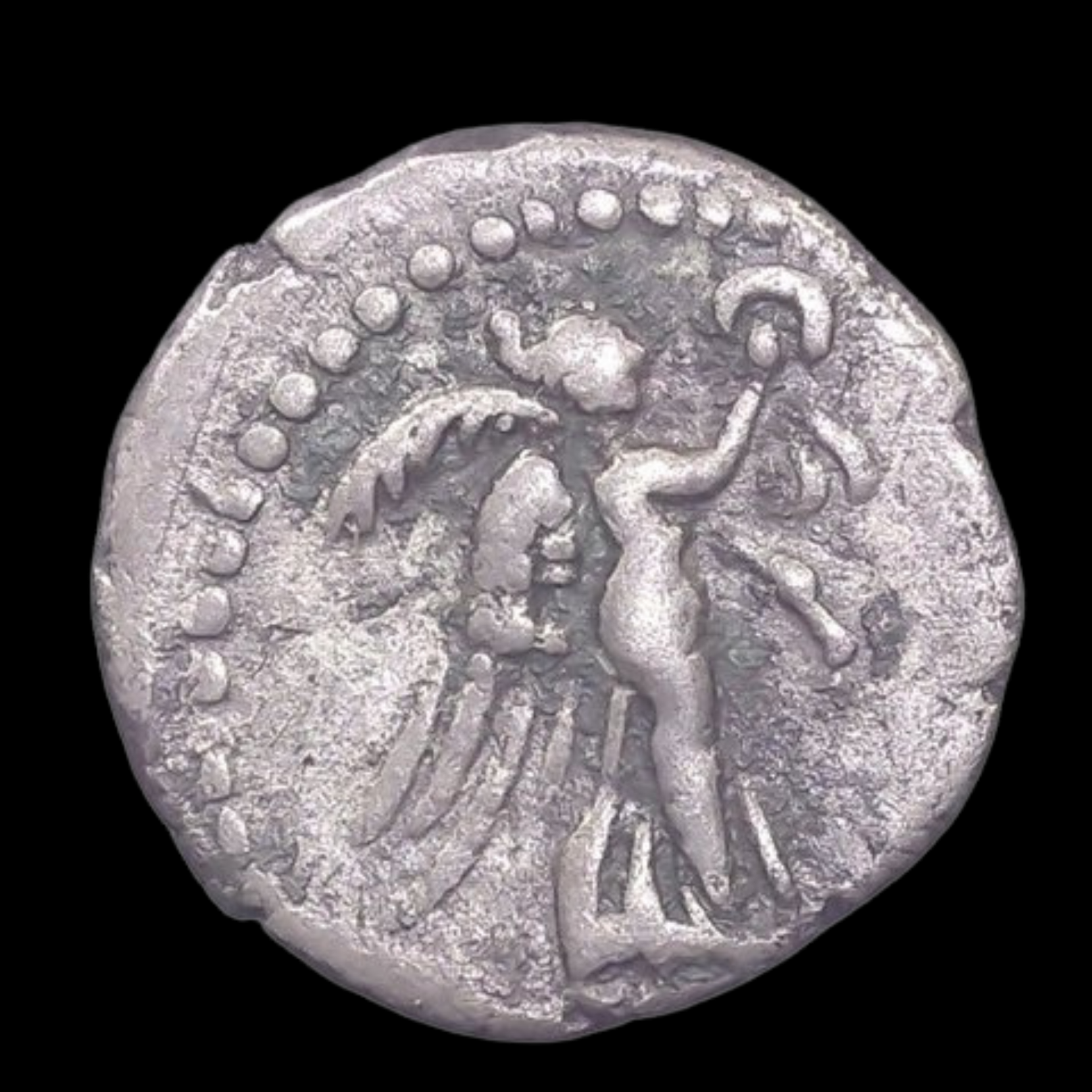 Image 1 of 5
Image 1 of 5

 Image 2 of 5
Image 2 of 5

 Image 3 of 5
Image 3 of 5

 Image 4 of 5
Image 4 of 5

 Image 5 of 5
Image 5 of 5






Ancient Roman Bronze Coin Commemorating Constantinople — Struck Over 1,600 Years Ago, NGC Certified and Preserved from the Dawn of Rome’s New Capital
The coins shown are representative examples of the grade and type, but not the actual specimens for sale. For details on NGC’s grading standards and definitions, please refer to our NGC Grading page.
This bronze coin was issued by Constantine the Great and his sons to commemorate the founding of Constantinople, the new capital city built on the site of ancient Byzantium. The coin represents an important transitional period when the Roman Empire was shifting its power center eastward and gradually transforming from a pagan to a Christian society, blending elements of both traditions during this remarkable cultural evolution.
Coin Description:
Front side: Helmeted bust of the personification of Constantinopolis (the city goddess) facing left, dressed in military attire and carrying a spear, surrounded by an inscription of her name
Back side: The goddess Victoria (Victory), depicted in a manner evolving toward Christian angelic imagery, standing on a prow of a ship with wings spread
Technical Details:
Bronze composition
Denomination: Commemorative bronze issue (likely a follis or reduced follis)
NGC certified
Minted between 330-340 AD
Condition as certified by NGC
Historical Significance: This coin commemorates one of the most pivotal moments in late Roman history: the establishment of Constantinople (modern Istanbul, Turkey) as the new imperial capital in 330 AD. Built on the strategic crossing between Europe and Asia, Constantinople would remain the eastern empire's capital for over a thousand years. What makes this coin particularly fascinating is how it visually documents the religious transition occurring under Constantine. While the personification of the city as a goddess (Constantinopolis) represents traditional Roman religious practices, the reverse's depiction of Victoria shows how pagan symbols were being subtly transformed into Christian imagery. The figure gradually evolved from the classical Victory goddess into what resembled a guardian angel, reflecting Constantine's delicate balancing act of introducing Christianity while not alienating the empire's still-substantial pagan population.
The coins shown are representative examples of the grade and type, but not the actual specimens for sale. For details on NGC’s grading standards and definitions, please refer to our NGC Grading page.
This bronze coin was issued by Constantine the Great and his sons to commemorate the founding of Constantinople, the new capital city built on the site of ancient Byzantium. The coin represents an important transitional period when the Roman Empire was shifting its power center eastward and gradually transforming from a pagan to a Christian society, blending elements of both traditions during this remarkable cultural evolution.
Coin Description:
Front side: Helmeted bust of the personification of Constantinopolis (the city goddess) facing left, dressed in military attire and carrying a spear, surrounded by an inscription of her name
Back side: The goddess Victoria (Victory), depicted in a manner evolving toward Christian angelic imagery, standing on a prow of a ship with wings spread
Technical Details:
Bronze composition
Denomination: Commemorative bronze issue (likely a follis or reduced follis)
NGC certified
Minted between 330-340 AD
Condition as certified by NGC
Historical Significance: This coin commemorates one of the most pivotal moments in late Roman history: the establishment of Constantinople (modern Istanbul, Turkey) as the new imperial capital in 330 AD. Built on the strategic crossing between Europe and Asia, Constantinople would remain the eastern empire's capital for over a thousand years. What makes this coin particularly fascinating is how it visually documents the religious transition occurring under Constantine. While the personification of the city as a goddess (Constantinopolis) represents traditional Roman religious practices, the reverse's depiction of Victoria shows how pagan symbols were being subtly transformed into Christian imagery. The figure gradually evolved from the classical Victory goddess into what resembled a guardian angel, reflecting Constantine's delicate balancing act of introducing Christianity while not alienating the empire's still-substantial pagan population.


